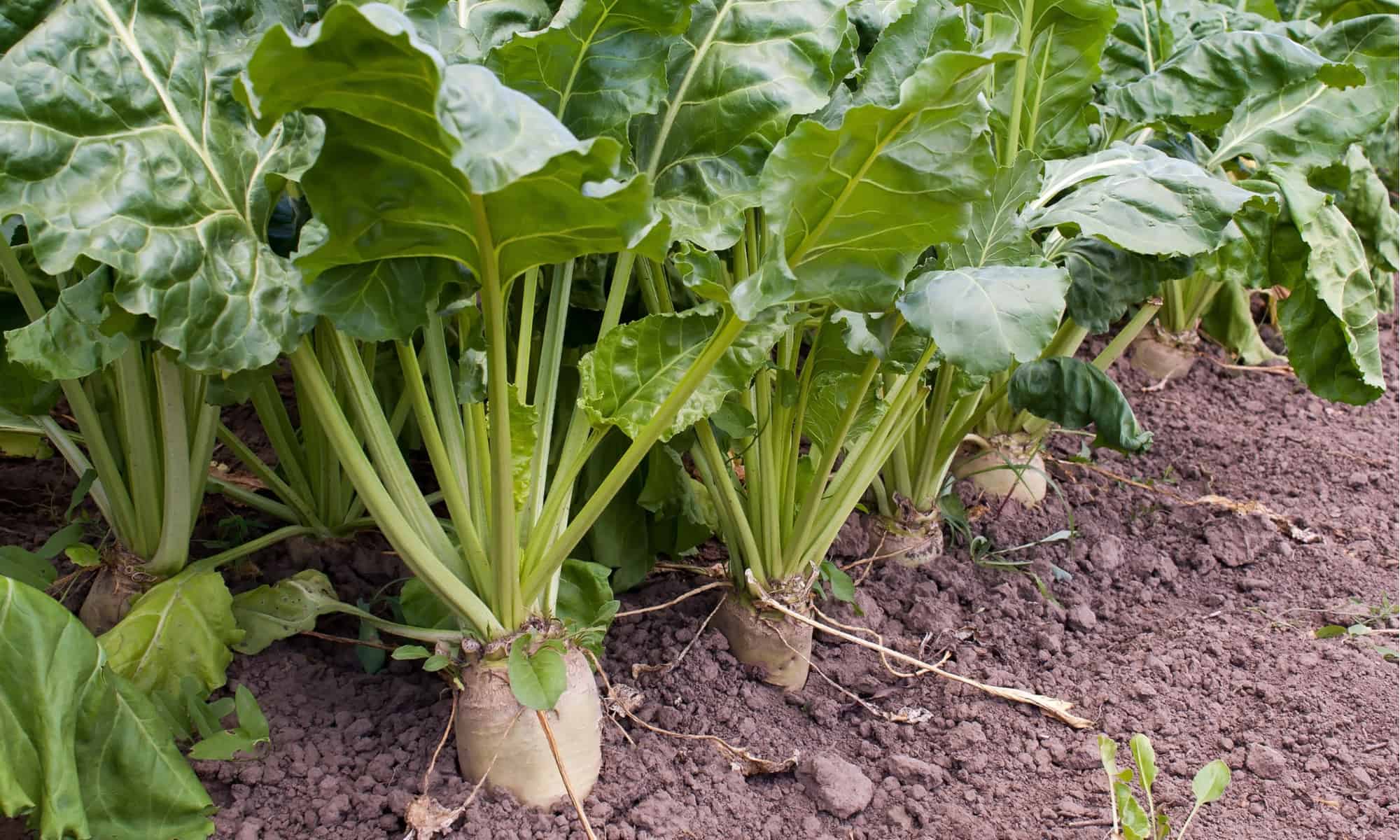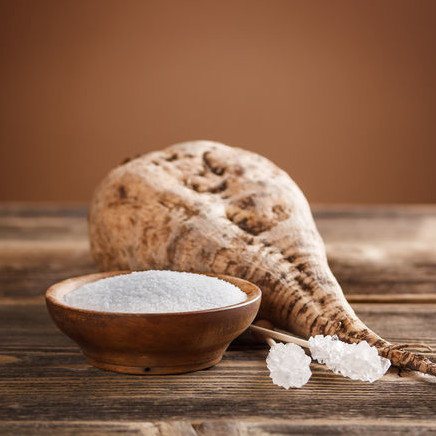The difference between beet sugar vs cane sugar extends beyond flavor to how they are grown.
The difference between beet sugar vs cane sugar extends beyond flavor to how they are grown.
Blog Article
Discover the Uses and Conveniences of Beet Sugar Vs Cane Sugar in Your Daily Diet Plan
Checking out the unique qualities of beet and cane sugar exposes even more than just their sweetening capabilities; it highlights their unique effects on health and wellness and culinary arts. Beet sugar, recognized for its refined flavor, is often preferred in delicate desserts, whereas cane sugar, with its tip of molasses, includes splendor to durable meals. Each type holds its very own nutritional profile and glycemic implications, welcoming a much deeper understanding of their functions in a well balanced diet and sustainable consumption practices.
Origin and Manufacturing Processes of Beet and Cane Sugar

The unique climates and soil types required for growing sugar beetroots and sugarcane add to distinctions in their farming practices and geographic circulation, affecting the business economics and sustainability of their production. beet sugar vs cane sugar.
Nutritional Comparison Between Beet Sugar and Cane Sugar
In spite of originating from various plants, beet sugar and cane sugar are nutritionally really similar, both largely including sucrose. Each provides concerning 4 calories per gram, equating to about 16 calories per tsp. Structurally, both sugars are made up of roughly 99.95% sucrose, with marginal amounts of other substances like dampness and trace element, which do not dramatically modify their dietary accounts.

Eventually, when picking between beet sugar and cane sugar based upon nutritional material alone, both offer similar benefits and disadvantages as they are basically kinds of the very same molecule-- sucrose, giving fast energy without various other nutrients.
Influence On Health And Wellness: Glycemic Index and Caloric Material
Checking out even more into the impacts of beet sugar and cane sugar on health, it is very important to consider their glycemic index and caloric web content. Both sugars are classified as sucrose, which includes sugar and fructose. This structure leads them to have a comparable influence on blood sugar levels. The glycemic index (GI) of both beet and cane sugar is around 65, categorizing them as high-GI foods, which can trigger fast spikes in blood glucose degrees. This is a critical aspect for people taking care of diabetes mellitus or those trying to support their power levels throughout the day.
Each type of sugar includes about 4 calories per gram, making their caloric content matching. check out here For those keeping track of caloric consumption, especially when handling weight or metabolic wellness problems, comprehending this equivalence is important (beet sugar vs cane sugar). Excessive intake of any type of high-calorie, high-GI food can contribute to wellness issues such as excessive weight, heart condition, and insulin resistance.
Environmental and Economic Considerations of Sugar Manufacturing
Beyond wellness influences, the manufacturing of beet and cane sugar also increases significant ecological and economic issues. Sugar beet farming tends to require cooler environments and has a reduced geographical impact contrasted to sugar cane, which thrives in exotic areas.
Furthermore, making use of chemicals and fertilizers in both beet and cane sugar growing can lead to soil deterioration and pollution, further affecting biodiversity and local water bodies (beet sugar vs cane sugar). The selection in between cultivating sugar beet or cane usually pivots on neighborhood environmental conditions and financial variables, making the sustainability of sugar production a complicated concern
Culinary Applications and Taste Distinctions
While the ecological and economic facets of sugar manufacturing are certainly considerable, the choice between beet and cane sugar likewise influences cooking applications and flavor profiles. Beet sugar, originated from the sugar beet plant, is recognized for its incredibly neutral taste. This makes it a versatile component in cooking, where it does not modify the taste of various other elements. It liquifies promptly and is optimal for use in cakes, cookies, and pastries.
Cane sugar, drawn out from sugarcane, commonly retains molasses traces, which give a distinctive richness and depth. The minor variation in wetness material find out this here in between beet and cane sugar can affect the appearance and uniformity of meals, making cane sugar a preferred choice for particular recipes that benefit from its one-of-a-kind residential or commercial properties.

Verdict
In conclusion, both beet and cane sugar have distinct beginnings and production procedures, supplying similar dietary profiles with slight distinctions in sodium content and flavor. While their influence on his comment is here wellness, especially relating to glycemic index and calories, is similar, the choice between them frequently comes down to environmental, economic factors, and certain cooking demands. Comprehending these aspects can guide consumers in making notified decisions that line up with their health objectives and taste choices.
Report this page